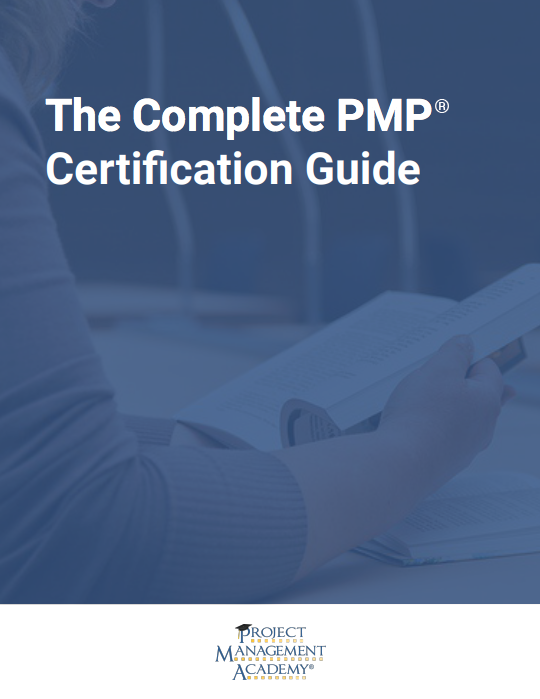The Project Management Academy Blog
Get the latest industry news, trends and insights you need to be the most effective Project Manager.
Inspection and adaptation are two of the pillars of the Scrum framework but all agile methods recognize the wisdom of Deming’s Plan-Do-Study-Act cycle.
Share
(This is the fifth in a five-part series on this topic where we will discuss how organizations can approach or refine their Agile delivery methods.)
Share

Learn what steps you need to take to become a PMP certification holder and subscribe to our blog.
(This is the fourth in a five-part series on this topic where we will discuss how organizations can approach or refine their Agile delivery methods. Read parts 1, 2, and 3.)
Share
(This is the third in a five-part series on this topic where we will discuss how organizations can approach or refine their Agile delivery methods.)
Share
(This is the second in a five-part series on this topic where we will discuss how organizations can approach or refine their Agile delivery methods.)
Share
Earning a project management certification is a smart way to set yourself apart from your peers and increase your earning potential. Today, the Agile Methodology is being used worldwide to streamline projects in countless industries. In fact, according to the Project Management Institute, Agile organizations complete a higher percentage of projects – 75 percent versus 56 percent – than their non-Agile counterparts.
Share
(This is the first article in a five-part series on this topic where we will discuss how organizations can approach or refine their Agile delivery methods.)
Share
I have been a project manager and instructor for many years and in this capacity, I have often had to coach and/or mentor team members, especially junior project managers. I had never actually been trained in either coaching or mentoring, so I provided the kind of insight I would have liked to have gotten when I was starting out.
Share
Agile | Scaled Agile Framework
With every project management approach, project managers will face some challenges. As with other Agile approaches like Scrum or Lean, the Scaled Agile Framework has its own unique uphill battles you will need to overcome if you use this approach for your team. Because SAFe was designed specifically for large organizations, challenges may be difficult to spot and even more difficult to remedy.
Share
Agile | Scaled Agile Framework
Agile, Scrum, SAFe. If you work in the project management industry, these are terms you’ve likely heard over the past few years as these approaches have gained popularity. However, you may not have a full understanding of how these concepts differ and where they overlap. Agile, Scrum, and Scaled Agile Framework (SAFe) are all popular methods of project development that can increase efficiency and improve your processes. Before you’re able to apply these concepts to your own organization, you need to know a little more about how they differ.
Share